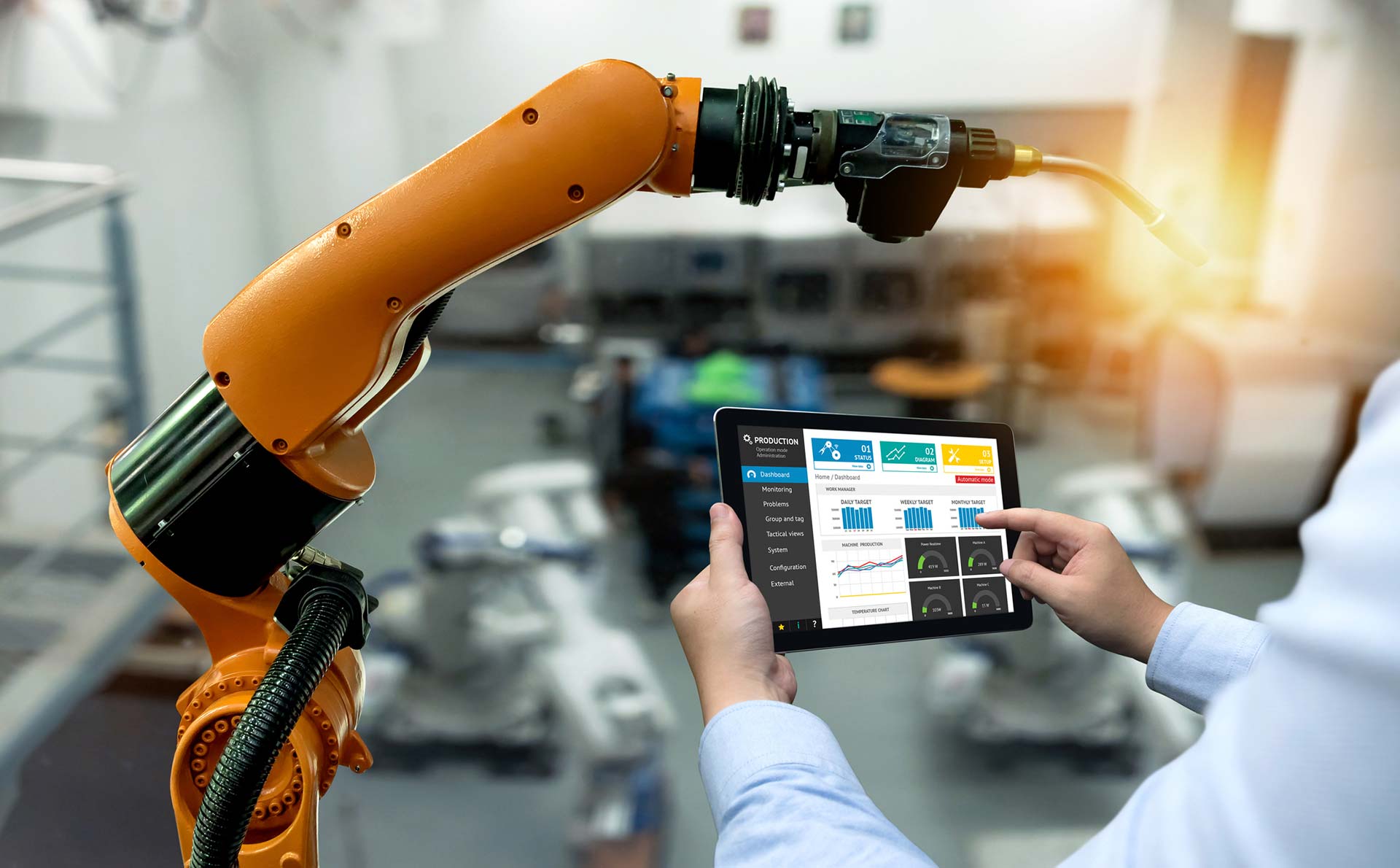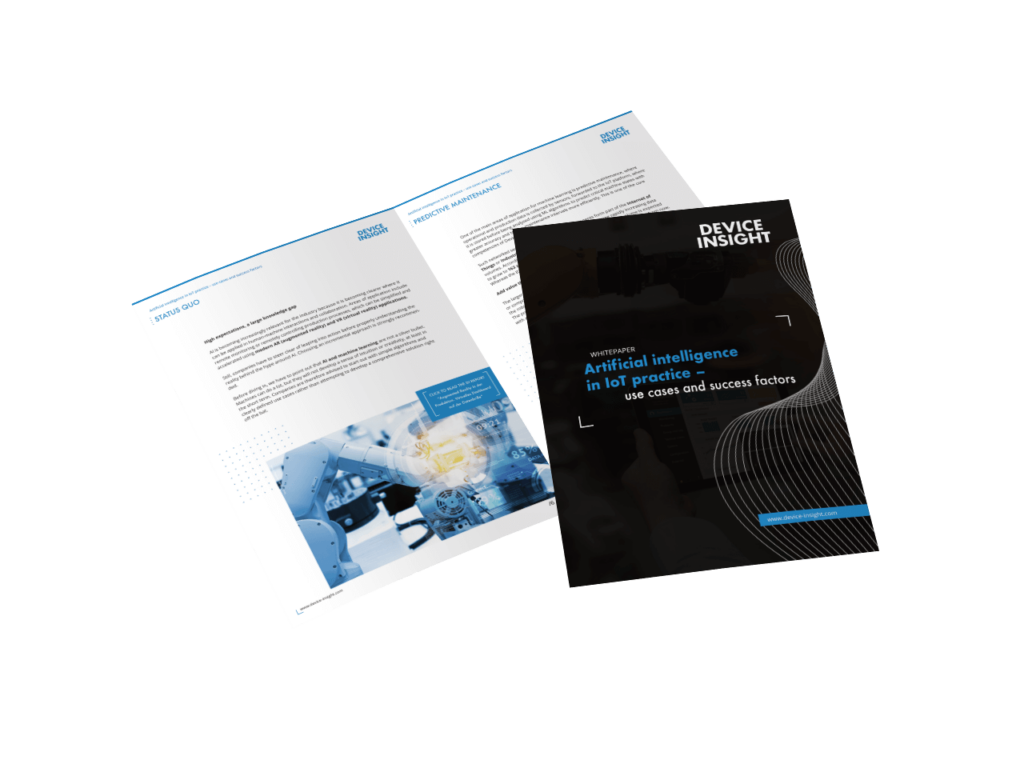Artificial intelligence applications are becoming more and more tangible – particularly in the industry sector. This raises hopes as well as fears. Companies therefore need to know exactly what’s behind the hype, carefully weighing up all opportunities and risks involved. In an exclusive white paper, Device Insight provides IT leaders, CIOs and production managers application-oriented insights into “AI in IoT”.

AI is becoming more and more important for industry. This is mainly due to the fact that applications of human-machine interaction and collaboration are becoming ever more tangible. This includes remote monitoring and control of production processes, which are becoming simpler and faster thanks to modern augmented and virtual reality applications. At the same time, consumers are worried that this could lead to “Robot Apocalypse”, destroying millions of jobs for people.
Consultants at PricewaterhouseCoopers have predicted that 35 percent of professional activities in Germany could be automated by 2030, particularly in the transport and logistics, production and sales sectors. This is precluded by a shortage of up to four million mainly highly skilled workers, but this is precisely where AI also offers perspectives. Forecasts predict that digital technologies will lead to entirely new types of jobs, currently unknown to us.
According to Hendrik Nieweg, Head of Solution Management at Munich-based IoT platform provider Device Insight, “Machines are very talented, but they will not be in a position in the near future to develop intuition or be creative”. Industry expectations are high, Nieweg continues, but it must be explained that artificial intelligence and machine learning are not a universal remedy and that it is better to start with simple algorithms and clearly-defined applications rather than going straight for the big leap.
As part of AI, machine learning offers industry companies new possibilities, using mathematical algorithms to recognize patterns to deduce new possibilities for action. A prominent area of application for machine learning is predictive maintenance. Device Insight core competencies include the collection and storage of operation and production data provided by sensors in an IoT platform which can then be analyzed using ML algorithms to precisely predict critical machine conditions and plan maintenance intervals as demanded. Consequently, the more extensive the data basis, the better it can be predicted when a service case arises or the “end of life” of a component is reached.
Munich-based IoT specialist Device Insight uses a three-step ML approach: First, data is collected to show where action is required. Next, in step two, these findings are put into practice in a rule engine. Finally, step three involves the automation of processes using statistical methods and ML algorithms as well as predicting maintenance assignments.
In our white paper “Artificial Intelligence in IoT – Use Cases and Success Factors”, you can see how this works using concrete pplications.
Device Insight shows here how companies can start optimizing their production processes using simple algorithms and clearly-defined use cases. Are you interested in more applications or would you like to talk to our expert Hendrik Nieweg, Head of Solution Management? We are naturally always at your service should you have any further queries.

Learn more about artificial intelligence in IoT practice
in the free whitepaper.


Delivering excellence in IoT. We are an IoT Solution Provider for Smart Products, Connected Vehicles, Smart City, Smart Energy and Smart Production.